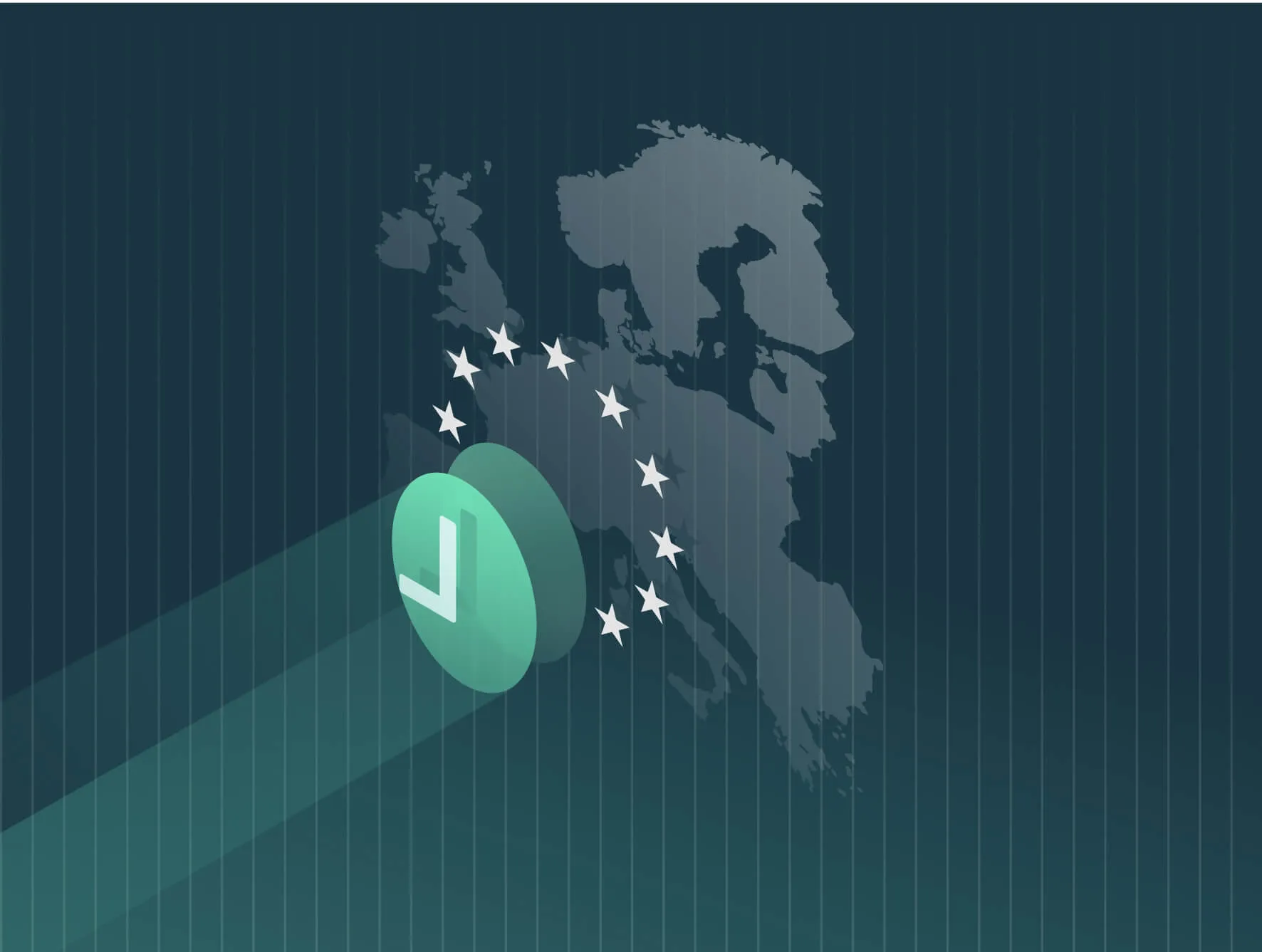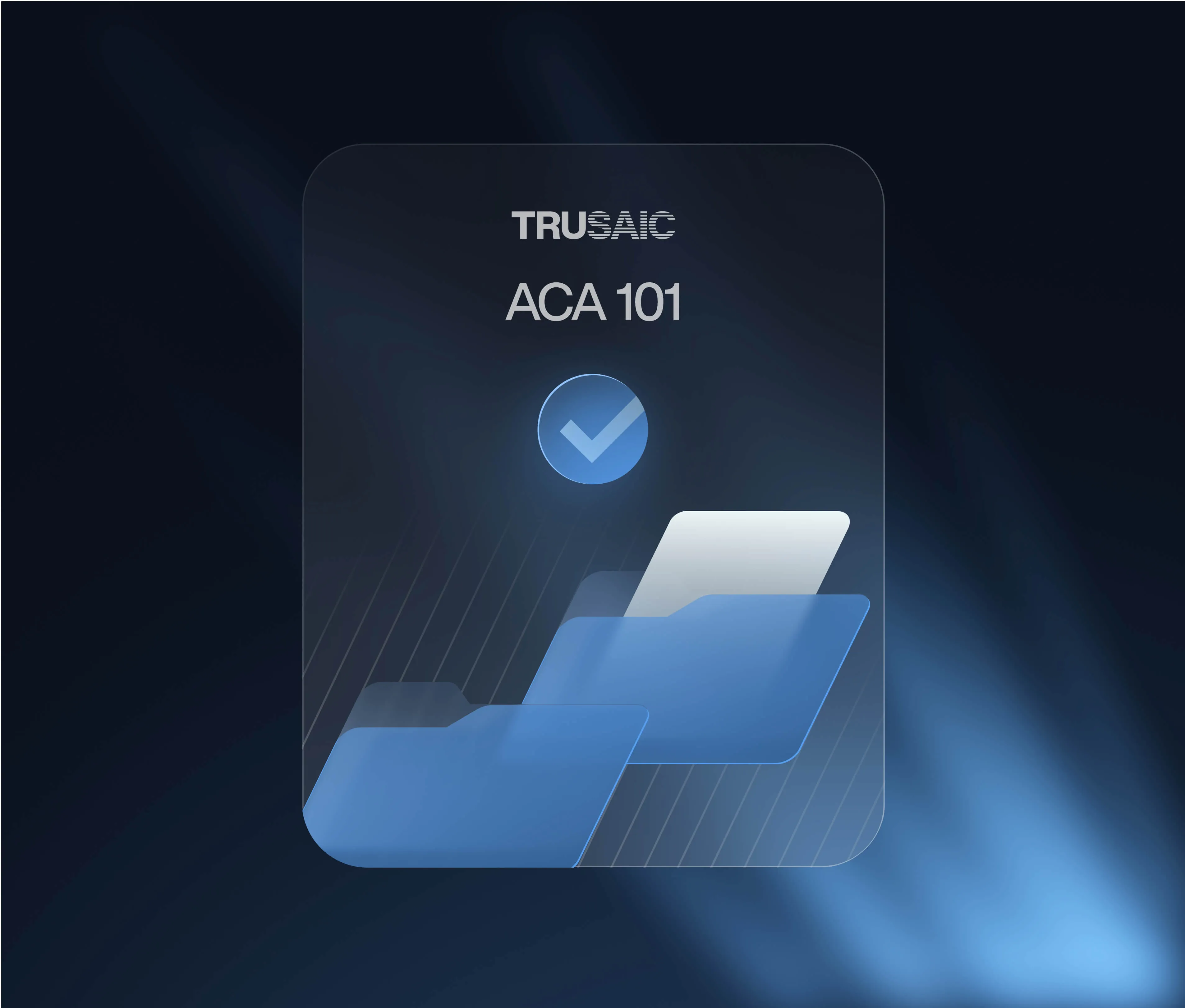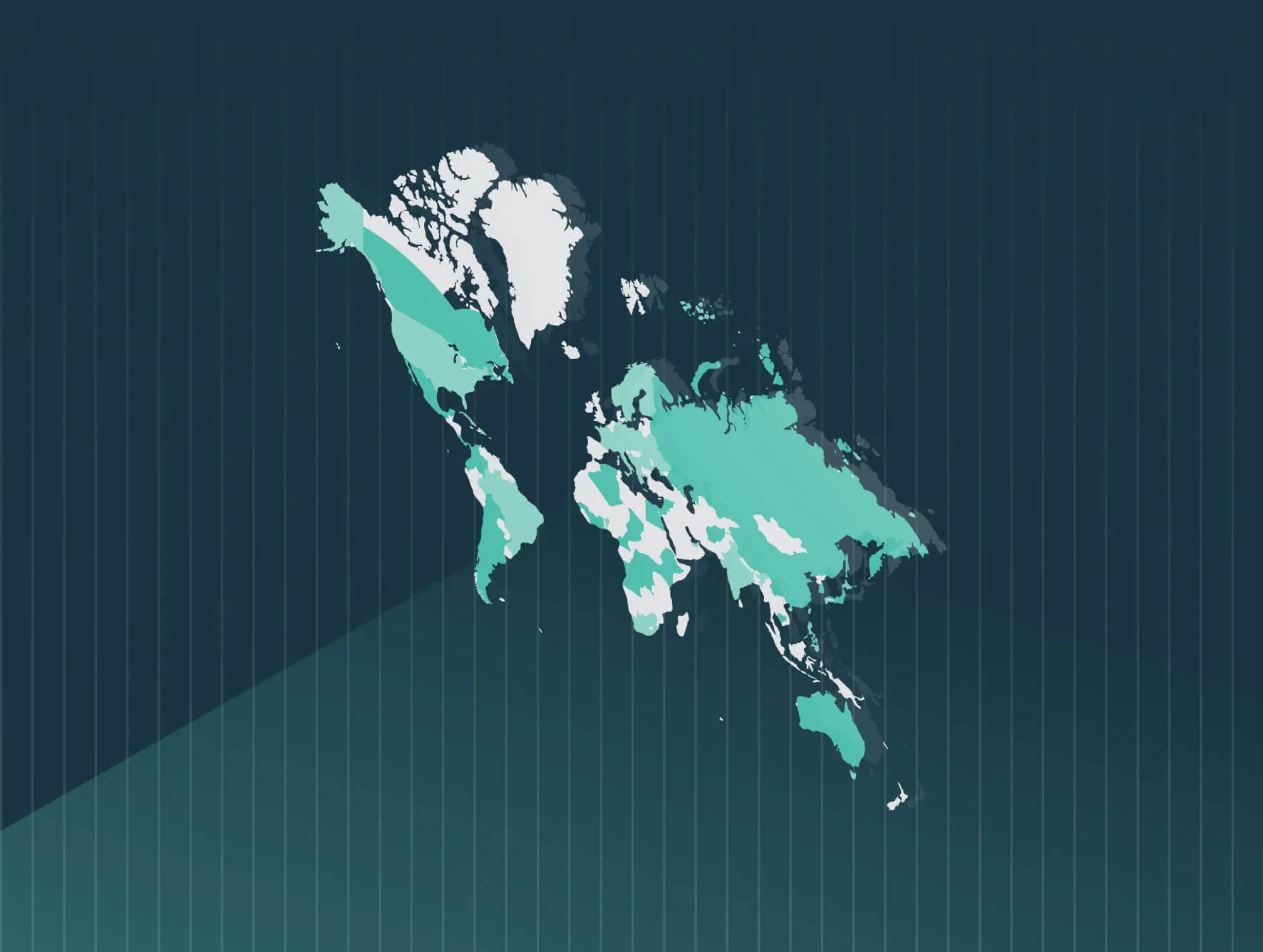Introduction
The European Union (EU) protects the right to equal pay in Article 157 of the EU Treaty, but enforcing this right has been a challenge historically. Due to the lack of pay transparency within and across employers and jurisdictions, pay discrimination is often hidden. That makes it difficult for workers who are unfairly paid to discover gaps or file pay discrimination claims.
In 2020, the European Commission published its Gender Equality Strategy and Action Plan on Gender Equality. The following year, in 2021, it adopted a proposal on binding pay transparency measures. The EU Pay Transparency Directive was subsequently approved in 2023, establishing a clear framework for EU member states to apply the principle of equal pay for equal work or work of equal value.
The Pay Transparency Directive addresses a clear, ongoing gap. According to Eurostat, the gender pay gap across the whole of the EU was 12.7% in 2023.
The directive aims to combat pay discrimination and close the gender pay gap by:
- defining key concepts;
- introducing individual rights to pay transparency;
- introducing reporting obligations;
- providing for joint pay assessments;
- and strengthening enforcement mechanisms.
Provisions include an obligation to remedy pay gaps of 5% or more, and increased pay transparency for job candidates and employees. In cases of pay discrimination, the burden of proof shifts to the employer.
Intersectional discrimination is also defined in EU legislation for the first time.
EU member states have three years from June 7, 2023 to transpose the directive into law. Likely implementation dates are 2026, however, some countries may enact legislation earlier.
All 27 member states will need to adopt the directive. They include 14 with existing pay reporting and transparency policies, and 13 without existing applicable regulations that will need to adopt them. For example, France has previously codified gender pay calculation and disclosure into law.
The EU has adopted the Pay Transparency Directive to align EU member states to a common set of standards and improve the impact of existing regulations.
EU Directive reporting requirements
Gender pay gaps must be reported annually or triennially (based on employer size), beginning as soon as legislation is incorporated by the member states. Employers are required to publicly report on pay gap information, encompassing both base pay and “any other form of compensation.”
What to report?
Applicable employers will be required to calculate the following:
- Mean gender pay gap
- Median gender pay gap
- Mean gender pay gap in complementary or variable components of pay (e.g., bonuses)
- Median gender gap in complementary or variable pay components.
- Proportion of female and male workers receiving complementary or variable pay components.
- Proportion of female and male workers in each quartile pay band.
- Pay gaps between categories of workers (i.e., workers performing the same work, or work of equal value) broken down by base salary and complementary or variable components of pay.
Each member state will decide which organizations are required to comply. Applicable employers will be determined by the number of workers.
When to report?
Reporting deadlines depend on organization size.
- First reports for employers with 150+ employees are due June 6, 2027.
- Employers with 250+ employees will need to report annually thereafter.
- Employers with 150-249 employees must report every three years.
- Reports for organizations with 100-149 employees are due June 5, 2031, with subsequent reports to be submitted every three years.

Where are gender pay gap reports published?
Regulatory filing: Information will be reported to a designated body for monitoring pay inequities and transparency effectiveness.
External posting: While employers are not directly responsible for posting on their website under the Pay Transparency Directive, the employer may publish data on its website or make it publicly available in another manner; individual EU member states may require certain data to be made publicly available.
Internal employee disclosure: Workers, workers’ representatives, and labor inspectorate and the national equality body have the right to access and seek clarification on pay equity methodologies. Employers must respond to requests within a reasonable timeframe.
What is a Joint Pay Assessment?
When certain conditions are met, employers may be faced with a second and stricter limb of the Pay Transparency Directive’s pay gap reporting obligation, called a Joint Pay Assessment (JPA). This is a detailed pay equity audit which is done in cooperation with workers’ representatives.
The JPA includes seven criteria that examine the differences in pay discovered, reasons for the differences, and remedial measures. The JPA will need to be published to workers, and made available to equality bodies and labour inspectorates.
A (JPA) is carried out in cooperation with workers’ representatives if:
- A gender pay gap of 5% or more cannot be explained based on objective gender-neutral factors.
- The employer has not taken action to close the gap within six months.
Triggering a JPA will prove time consuming and risky for employers. It will be beneficial for employers to conduct an initial assessment before the Directive requires it in 2026.
Employers that only begin calculating their pay gap for the first time after the Directive is implemented risk being faced with immediate liabilities and little time to remedy these.
EU Directive pay transparency requirements
The EU Directive creates a legal requirement for greater pay explainability and opportunity transparency as well as open discussions about pay.
Pay transparency before employment
Employers are required to provide information on the initial pay level or salary range to job applicants (either in the job posting or before the job interview). Applicants are also entitled to a non-discriminatory recruitment process, as well as gender-neutral vacancies and job titles upon hiring.
A salary history ban will also be in place.
Pay transparency during employment
Workers have the right to request individual and average pay level information categorized by gender for workers performing the same work or work of equal value. Employers must ensure the gender-neutral criteria used to define their pay, pay levels, and pay progression is easily accessible.
Pay secrecy confidentiality clauses are also prohibited.
Employment equity standards
The directive aims to “strengthen the application of the principle of equal pay for equal work or work of equal value between men and women through pay transparency and enforcement mechanisms.”
“Work of equal value” is work that is determined to be of equal value in accordance with non-discriminatory and objective gender-neutral criteria, such as skills, effort, responsibility and working conditions (without undervaluing relevant soft skills). Category of workers means a group of workers performing the same work; or work of equal value grouped in a non-arbitrary manner based on non-discriminatory and objective gender-neutral criteria.
“Worker” includes independent contractors, agency workers, job applicants, part-time and full-time employees. It also extends to “domestic workers, on-demand workers, intermittent workers, voucher based-workers, platform workers, workers in sheltered employment, trainees and apprentices,” provided they meet the relevant criteria.
The risks of non-compliance
Employers that fail to comply with the EU Pay Transparency Directive are at risk of incurring various financial penalties and sanctions.
Worker compensation: Workers who experience pay discrimination are entitled to uncapped compensation which may include full recovery of back pay including bonuses or payments in kind.
Burden of proof shifts to employer: The employer, not the worker, will have to prove the absence of pay discrimination.
Sanctions: There will be sanctions for employers found to have discriminated against employees, which could include fines. Member states will determine the level of sanctions for failure to comply.
Penalties: Under the EU Directive, member states must create penalties that consider aggravating or mitigating factors, which may include intersectional discrimination. The directive makes clear that member states must “ensure that penalties guarantee a real deterrent effect.”
EU member states may introduce additional rules that are more favorable to the claimant.
As the EU pay gap stands at almost 13%, most employers are at risk of a Joint Pay Assessment and punitive sanctions. Companies reporting pay gaps of more than 5% may also be exposed to higher risks of pay discrimination claims, due to the shift in the burden of proof.
To avoid this, employers should take steps to prepare well before the transposition deadline.
What is the role of workers’ representatives?
Another requirement of the EU Directive is the role of workers’ representatives. Countries where representatives are not already in place will have to implement systems for putting them in place.
Worker representatives will have the right to request additional clarification and details on pay gap data, including explanations for differences in pay, and the system chosen for categorizing workers.
Representatives also have a major role to play in Joint Pay Assessments and may act on behalf of workers in legal or administrative matters.
Corporate Sustainability Reporting Directive (CSRD)
EU Member States are required to incorporate CSRD Reporting Standards within their national legislation by June 16, 2024. Reporting deadlines begin in 2024, depending on business size and category.
50,000 organizations are expected to be impacted. 10,000 of those are non-EU organizations.
CSRD: What to report:
- Basic salary and remuneration (including other compensation and benefits).
- Ratio of total salary and remuneration for women vs men.
- Ratio broken down to employee category, including level and function.
- Explanation of methodology used in calculations.
Annual Sustainability Reports must be audited by an independent, accredited auditor. Pay data reporting is in addition to EU Directive requirements.
Can Trusaic assist with EU Directive compliance?
1. Comply – Use RAPTR™ to complete required reporting by compliance deadlines.
Stay ahead of evolving regulations with Trusaic’s Regulatory Pay Transparency Reporting™ solution, designed to help you determine applicability, meet deadlines, and submit compliant reports across EU jurisdictions with the click of a button.
Our Pay Equity Software Suite ensures your pay systems are legally defensible, gender-neutral, and future-proof — automating complex reporting and enabling GDPR-compliant data sharing through certified integrations with major HCM platforms.
2. Correct – Use PayParity® to understand, explain and resolve pay disparities:
Use PayParity to identify, explain, and resolve pay disparities across gender, race, age, and more. Whether you’re conducting proactive assessments or responding to compliance triggers like the EU Directive’s Joint Pay Assessment requirement, PayParity delivers defensible, data-driven insights. Our Remediation Optimization Spend Agent (R.O.S.A.) works as PayParity’s AI remediation partner to ensure you lower your pay gap below 5% while maximizing the ROI of your remediation budget.
3. Communicate – Use the Pay Equity Product Suite to communicate narratives and share salary ranges with confidence.
Comply confidently with the EU Directive’s pay range transparency mandates using Trusaic’s Salary Range Finder, which provides data-driven guidance for equitable pay ranges that can be shared with candidates and employees.
Our Pay Transparency Agent answers reporting questions instantly, and our Communications Agent crafts context-specific narratives — in any language — to support your public disclosures and internal communications.
How to prepare to comply with the EU Directive
Employers operating in EU member states can take several preliminary steps to ensure compliance with the upcoming legislation. Along with partnering with a pay equity analysis software solution provider, employers should:
Determine applicability: For employers operating across multiple jurisdictions, identify all employers with over 100 workers.
Review worker categories: Explore different ways of grouping employees or review existing methods. Carry out a pay gap analysis to determine pay gaps within worker categories.
Conduct a pay equity analysis: Where gaps are greater than 5%, carry out a detailed analysis to establish objective justification for the difference. Where there is no objective justification for pay disparities, implement steps to remove those gaps at the earliest opportunity.
Update compensation policies: Update pay policies to meet all requirements and ensure accessibility and review labor contracts for pay secrecy clauses.
Review hiring processes: If HR teams have clear criteria to follow, the potential for unconscious bias is reduced. Ensure vacancy notices and job titles are gender-neutral. Implement a salary history ban at all stages of recruitment.
Employee representatives: Prepare to enact systems for employee representatives where they are not already in place. Employee representatives will benefit from training on the requirements of the Directive. Employers should consider in-house training to build trust.
Looking for a step-by-step guide preparing for the directive? Explore our in-depth EU Pay Transparency Directive Preparedness Guide.
Trusaic is GDPR compliant and can support organizations operating in any EU Member State with both EU Pay Transparency Directive and EU Corporate Sustainability Reporting Directive obligations.








